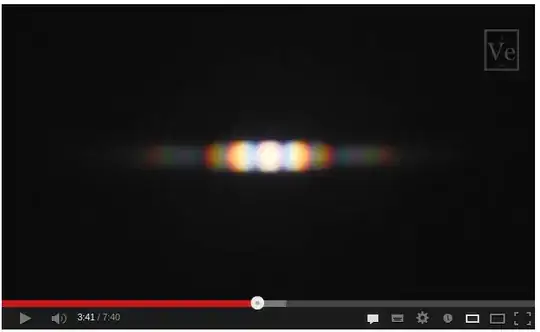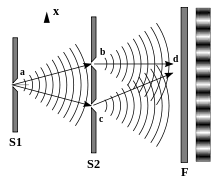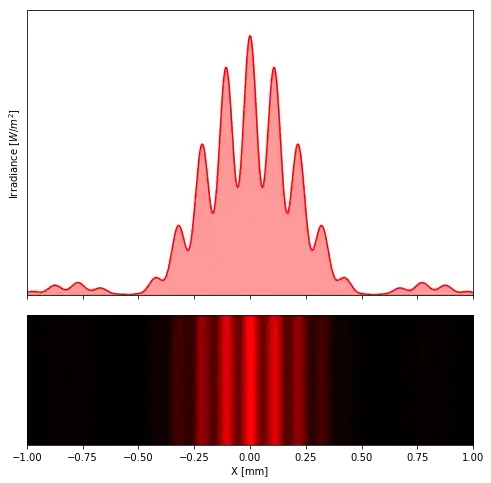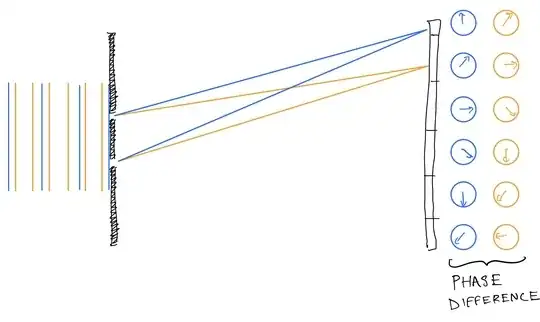Yes coherent light is required. The important thing to realize is that coherent light is not something that is magically created by lasers. Sunlight is somewhat coherent and it's easy to make it as coherent as you like.
What do people mean when they say "coherent light"? Well, it can be a few different things, but the relevant criteria in this context are:
- The light is all travelling more-or-less in the same direction ("spatial coherence" or "collimation")
- The light is more-or-less the same frequency ("temporal coherence" or "monochromaticity")
(See Footnote.)
I say "more or less" to emphasize the fact that it is never 100% coherent, (even from a laser), and it is never 0% coherent (even from a lightbulb or sunlight)
The way to think about it is, the light travelling towards the double-slits coming from a certain direction (e.g. 10 degrees away from normal incidence) create a really nice sharp double-slit pattern. The light travelling towards the double-slits from a different direction (e.g. 20 degrees away from normal incidence) also creates a really nice sharp double-slit pattern, but shifted!
So if you have light coming from every direction between 10 degrees and 20 degrees, you see a blurry composite of all those different double-slit patterns. It's possible that it will be so blurry that you can't even see that there's any pattern there -- it's just blurred out into a smooth line. But it's also possible that it will be only a little bit blurred out and the pattern is still recognizable.
The reason there's a cardboard box in the youtube video is to ensure that all the light from the sky that makes it to the slit is travelling in more-or-less the same direction. (Do you see how that could be done? Take a cardboard box, poke a small hole in it, and then put a double-slit far from the hole ... all the light at the double-slit is now coming in the same direction, i.e. from the hole.)
Frequency (or wavelength) is basically the same: Different frequencies of light make different interference patters, and we see a blurry composite of all those different patterns at once. If more monochromatic light was used (e.g. red laser light), the pattern would be much less blurry and easier to see, especially far from the center of the pattern. Luckily we have color vision, so we can (to some extent) recognize the composite pattern for what it is -- we see rainbows near the center, not just a blur.
--
Footnote: In comments, people are complaining that the term "coherent light" should refer only to spatial coherence, not temporal coherence. I disagree: The term can refer to either of these, depending on context. For example, in the context of optical coherence tomography, or in the context of "coherence length", or in the context of Michelson interferometers, people routinely use the phrase "coherent light" to mean temporal coherence.




